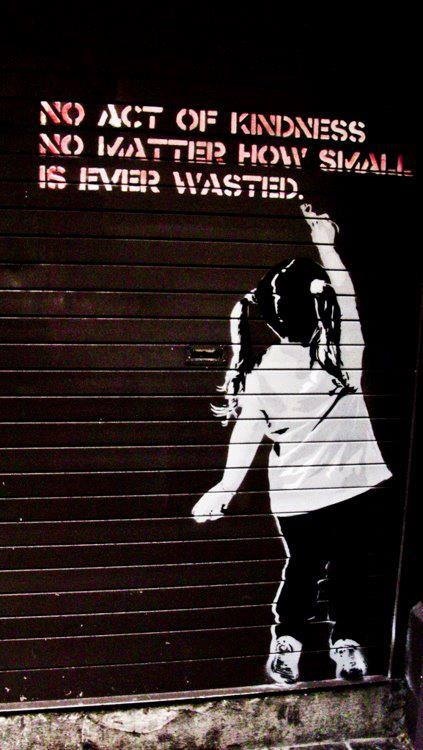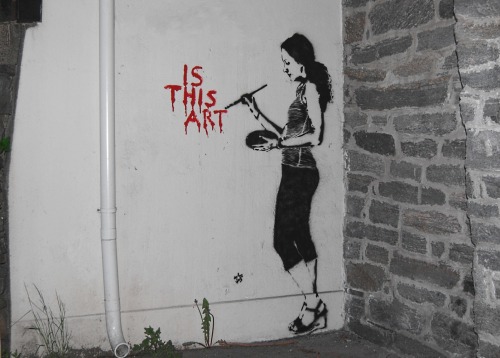Graphic novels have "achieved something comparable to the complexity and density that can be achieved in a novel while transcending the novel format’s limitations with artwork that is an integral part of the medium rather than merely being illustrative of the plot." Britannica.com
In the distant past, comics were inextricably lodged in my head as either superhero venues, or for saccharine characters like Archie, or Disney cartoons' cash-machine merch-able stories. Later, underground works like the Fabulous Furry Freak Brothers, or R. Crumb’s "Keep on Truckin’" vibe provided super anti-heroes, along with horror, like Creepy, Eerie, and so on. It’s certainly not news that this is an incorrect outlook, and limited to the world contained in a 1970s drugstore rack, beside Harlequin romances and pulp novels. I learned better of the genre late in the game, probably with the realization that many of the movies I'd enjoyed were based on graphic novels, and owed much of their appeal not only to the story, but to the look of the original art, as well. (The Road to Perdition comes to mind, and Ghost World.)
The release of my friend Deb Olin Unferth and Elizabeth Haidle’s I, Parrot reminds me of all the rich worlds that have found expression both visually and verbally since those days. So, I’ve rounded up some standouts, some lists, and even some argument against graphic novels being taught as serious literature.
RUMPUS EXCLUSIVE: An Excerpt from I, Parrot, by Deb Olin Unferth and Elizabeth Haidle.
Malvern Books hosted Deb Olin Unferth and illustrator Elizabeth Haidle as they discuss their new graphic novel, I, PARROT, with Mary Helen Specht, author of MIGRATORY ANIMALS.
"Unferth (Wait Till You See Me Dance, 2017, etc.) has written a heart-wrenching, occasionally unbelievable tale of family and feathers. The illustrations, by Haidle (Mind Afire, 2013), are beautiful. They are understated and playful without sacrificing texture or creativity." Kirkus Reviews
Imagine Wanting Only This
By KRISTEN RADTKE
“Remarkable. . . . a breathtaking mix of prose and illustration. . . . Radtke is able to create beautiful if odious universes out of the potential of ruin, finding infinitesimal shades of nuance within a soft, greyscale palette. . . . Stunning.”
—The Atlantic, qtd. on http://kristenradtke.com/
Read a chapter here at HuffPost.
Check out The Guardian's Graphic novel special: Celebrating the booming art form and marking 10 years of the Observer/Cape/Comica graphic short story prize.
~ From Zadie Smith to Ethan Hawke: why we love graphic novels
Famous fans tell us how they got hooked and name their all-time favourites
by Zadie Smith, Ethan Hawke, Sam Bain, Amanda Palmer, Nick Hornby
~ Related, from the Guardian, on graphic short stories:
~ Tor Freeman has been named winner in the Observer/Cape/Comica graphic short story prize 2017. This is her entry: If You’re So Wise, How Come You’re Dead?
~ 'I was in shock!': On the 10th anniversary of the Observer/Cape/Comica graphic short story prize, we [The Guardian!] talk to previous prizewinners from Isabel Greenberg to Julian Hanshaw, and to 2017’s star, Tor Freeman.
A List of Lists!
11 Can’t-Miss Literary Graphic Novel Adaptations
By Cassandra Neace, June 19, 2017
The 10 best graphic novels of 2017
By Michael Cavna Nov 15, 2017
Comics Cross Over at Library Journal | Genre Spotlight: Graphic Novels
By Douglas Rednour, June 13, 2017
13 "Literary" Comic Books and Graphic Novels for Book Nerds
By Crystal Paul. Feb 22, 2016
Older lists:
10 Graphic Novels for the Literary Minded
By Kelly Thompson February 27, 2012
Drawn Out: The 50 Best Non-Superhero Graphic Novels
Rolling Stone, May 5, 2014
On the other hand...
Graphic Novels Are Trending in English Departments, and That’s a Problem
MAY 15, 2017 Shannon Watkins for The James G. Martin Center for Academic Renewal
"One reason is that the majority of graphic novels tend to advance political agendas. The graphic novels found on course syllabi and on reading lists often deal with controversial political issues such as social justice, immigration, gay rights, etc. …
"Of course, there is nothing inherently wrong with reading about these topics or with discussing them. But what is particularly concerning about assigning these politically charged books is that it seems to be part of a larger push to rid the university of its traditional focus, and to push a social justice agenda."



![By Zina Deretsky, National Science Foundation [Public domain], via Wikimedia Commons](https://images.squarespace-cdn.com/content/v1/5577a12ae4b053a499f459d5/1510514171788-NSFHS5523B5ETP00IALS/800px-Reproductive_cycle_of_jellyfish+%281%29.jpg)










